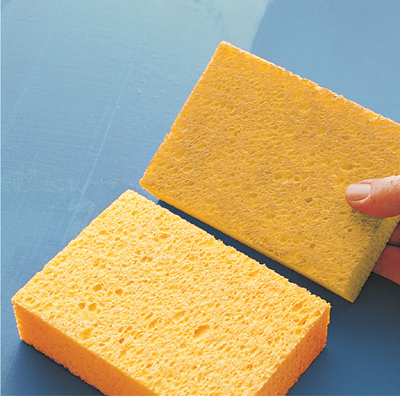 1. Paint Selection
1. Paint Selection 1. Paint Selection
1. Paint SelectionPaints are either water-base (latex) or alkyd-base. Latex paint is easy to apply and clean up, and the improved chemistry of today’s latexes makes them suitable for nearly every application. Some painters feel that alkyd paint allows for a smoother finished surface, but local regulations may restrict the use of alkyd-base products.
Paints come in various sheens. Paint finishes range from flat to high-gloss enamels. Gloss enamels dry to a shiny finish, and are used for surfaces that need to be washed often, like walls in bathrooms and kitchens, and for woodwork. Flat paints are used for most wall and ceiling applications.
Paint prices typically are an accurate reflection of quality. As a general rule, buy the best paint your budget can afford. High-quality paints are easier to use and they look better than cheaper paints. And because quality paints last longer and cover better than budget paints, often requiring fewer coats, they are usually less expensive in the long run.
Always use a good primer to coat surfaces before painting. The primer bonds well to all surfaces and provides a durable base that helps keep the finish coat from cracking or peeling. When using deep colors, choose a tinted primer to reduce the number of coats of paint necessary to achieve good coverage.

 How to Select a Quality Paint
How to Select a Quality Paint
Paint coverage (listed on can labels) of quality paint should be about 400 square feet per gallon. Bargain paints (left) may require two or even three coats to cover the same area as quality paints.

High washability is a feature of quality paint. The pigments in bargain paints (right) may “chalk” and wash away with mild scrubbing.